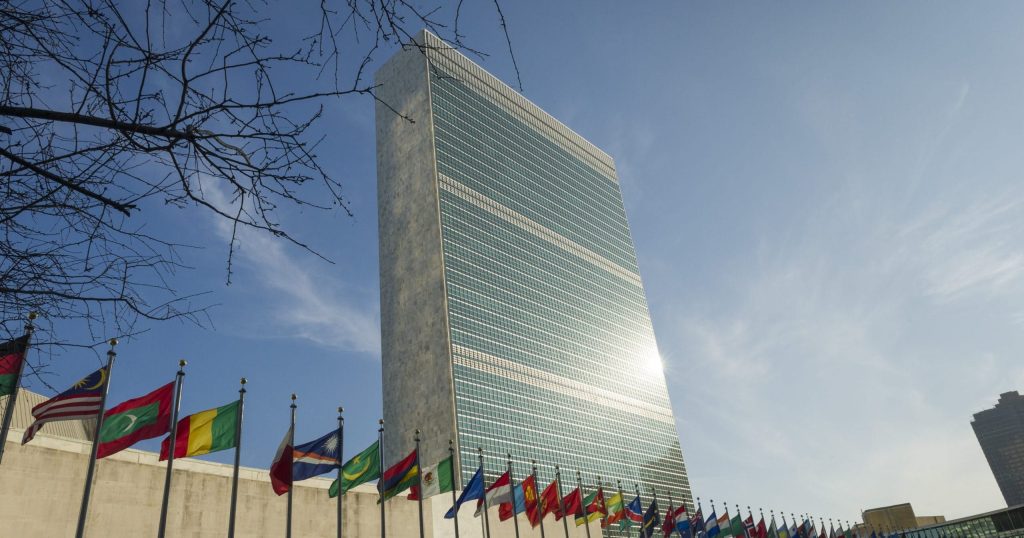Leaders from around the world and across sectors came together last week at the United Nations General Assembly to reaffirm their commitment to Every Woman Every Child, a movement launched by UN Secretary-General Ban Ki-moon in 2010 to mobilize global action on women’s and children’s health.
Through this movement, governments, businesses, and other organizations make commitments and work off of a common framework to support women’s and children’s health.
Why is this issue so important? Most importantly, women and children deserve to be healthy. The health of women and children also directly impacts the world’s ability to promote economic and social development and to achieve all of the Millennium Development Goals (MDGs), eight goals to address the needs of the world’s most vulnerable by 2015.
The good news is we’re making progress: Maternal mortality and child mortality rates have both dropped by nearly 50 percent since 1990. And we have tools like vaccines and solutions like training midwives to make even more progress.
But it’s still not enough. Without greater resources and resolve, millions of women and children will continue to die of preventable causes and we won’t meet MDG 4 (reducing child mortality by two-thirds by 2015) and MDG 5 (reducing maternal mortality by three-fourths and achieving universal access to reproductive health by 2015).
With fewer than 825 days to achieve the MDGs, now is the time to step up our efforts. That’s why the UN, the UN Foundation, and a range of partners made Every Woman Every Child a top priority during the General Assembly last week.
Here are some highlights from the week. Additional information on events, reports, and updates can be found at everywomaneverychild.org. You can also checkout the #MDG456live “Hub” to stay current on the health MDGs.
- The Partnership for Maternal, Newborn & Child Health released a report, which found that collectively Every Woman Every Child’s 300 partners have committed as much as US$45 billion to women’s and children’s health, including up to $22 billion in new funding. Already, nearly $12 billion has already been disbursed, and partners have committed to adding 1.8 million health workers by 2015 and increasing access to voluntary family planning services to 17 million new users.
- The Independent Expert Review Group report suggested action on two neglected dimensions of women’s and children’s health: strengthening accountability in countries and adolescent health. And the World Health Organization and the World Bank pledged to work together to improve data collection.
- The Secretary-General hosted an event, MDG Success: Accelerating Action and Partnering for Impact, where theGovernments of Norway, the United States, and the United Kingdom, the World Bank, UNICEF, the Ikea Foundation, and the MDG Health Alliance together pledged $2.5 billion to boost efforts to achieve the MDGs.
- More than 100 executives and leaders from the private sector and multilateral and civil society organizations gathered at a luncheon to celebrate and mobilize private sector engagement for Every Woman Every Child.
- PATH, the government of Norway, the UN Foundation, and the MDG Health Alliance released Breakthrough Innovations That Can Save Women and Children Now. This report details 10 innovations that could save more than 1 million lives.
Our community came out of last week hopeful about the progress we can make together for women and children through Every Woman Every Child. You can learn more at everywomaneverychild.org.

